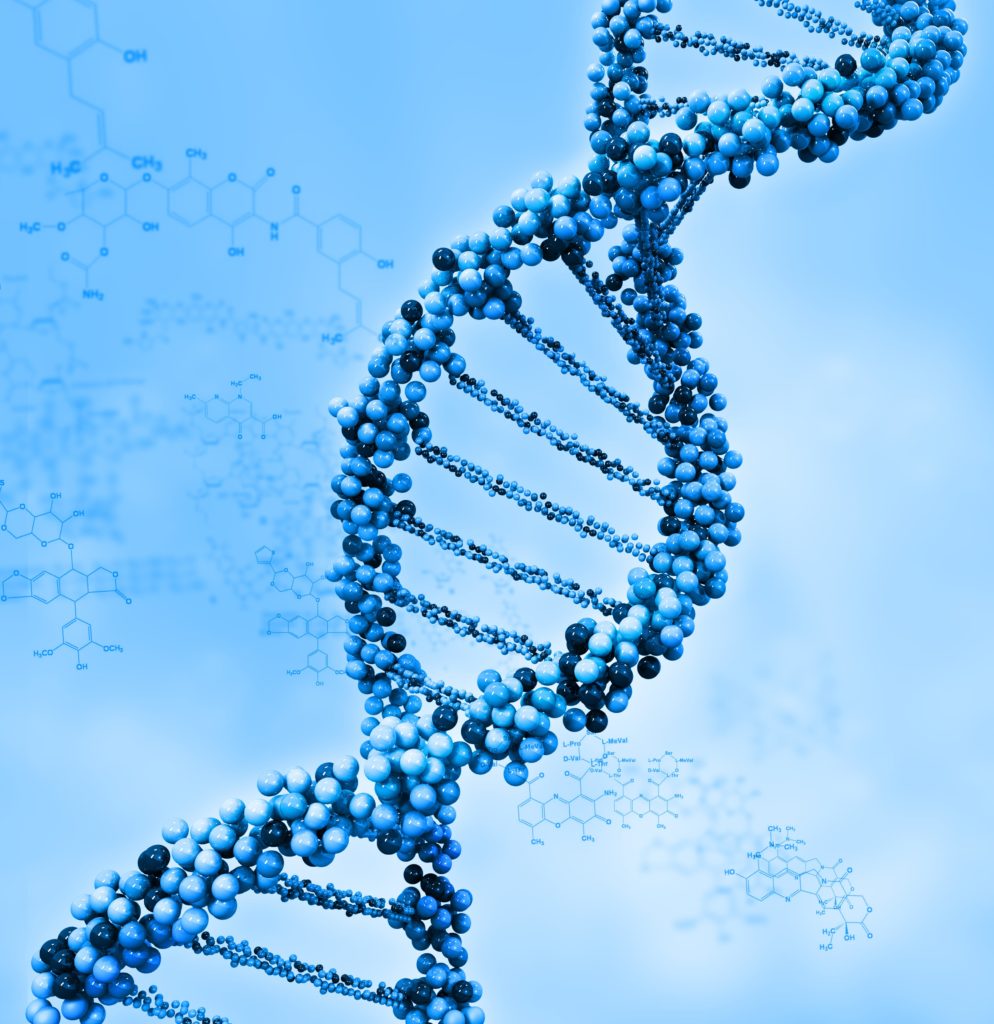Two days before she died, Linda called in to work to say she wouldn’t be there that week because of a family emergency. In her early 50s, Linda, a recovering alcoholic, had become an avid biker and was known by her closest friends as a healthy, happy and energetic woman still in her prime. Linda’s last words were in the form of an elusive message on a family member’s phone, asking him to come by her place later that afternoon to check on things. He might be disturbed by what he found, she said, adding that her house was all in order. Then Linda turned on the engine of her car, which was parked in the garage, stepped inside with her dog, and breathed the fumes of the carbon monoxide…. “We had no idea she was feeling depressed. She never gave us any clue she was suicidal!” a close friend still exclaims years later over coffee, shaking her head in disbelief and muted expressions of anger.
Many Suicides Happen Without Warning
Linda is one of many Americans who commit suicide every year due to mental health or substance use disorders, and without warning to loved ones, making suicide the 10th-leading cause of death in this country—not to mention the third-leading cause of death among young people between the ages of 10 and 24, according to the Centers for Disease Control and Prevention. (For people between the ages of 15 and 34, suicide is the second-leading cause of death.) “Many people who commit suicide do so without letting on they are thinking about it or planning it,” according to Dr. Michael Miller, assistant professor of psychiatry at Harvard Medical School, in a 2013 article in Harvard Health. And, “The first time the family may know of the distress is when they kill themselves,” Dr. David Gunnell, a suicide epidemiologist at the University of Bristol in England, told The New York Times in March 2013. This reality often means friends and family are left in the dark about the seriousness of their loved one’s condition until it’s too late. Even trained clinicians have trouble knowing when someone is on the edge of suicide. That’s because short-term predictors of suicide have been hard to pin down, says Dr. Jan Fawcett, who since 1964 has been studying suicide risk and who, as a research fellow with the National Institute of Mental Health (NIMH), was the first to discover a biological marker for suicide risk.
Study of Vets Will Help Others With Addiction, Serious Mental Illness
Now, a new algorithm that predicts who is at highest risk of committing suicide among America’s vets may also hold promising application for all those who suffer from addiction and/or serious mental illness. Veterans Affairs (VA) and NIMH scientists recently studied reams of electronic medical record data collected by the Veterans Health Administration (VHA) from 2009 to 2011 in order to develop a predictive tool for identifying and treating high-risk individuals. The resulting suicide-risk “algorithm” appeared more accurate in predicting cases of high suicide risk than even in-person assessments undertaken by the VA’s own mental health clinicians. Researchers randomly divided the pool of patients into two sample groups of equal size, each consisting of 3,180 suicide cases and 1,056,004 control patients. Using data on manner of death from the National Death Index and predictors of suicide and other types of death from VHA clinical records, researchers developed their predictive tool by assessing the first sample of patients. They then tested this new tool on the second group of patients by comparing their predictions of suicide risk to actual mortality. Their predictive model succeeded in identifying a group of very high-risk patients, less than one-third of whom had been identified in traditional one-on-one clinical encounters with a mental health professional. This predictive tool will streamline the process for identifying those at highest risk of suicide and getting them the enhanced mental health treatment they need more quickly and more proactively. And its discovery can be greeted as good news for the rest of Americans affected by mental illness, too, said NIMH Director Thomas Insel: “It’s particularly encouraging that these analyses use the types of data available to any large healthcare system,” Insel told Science Daily. “These methods could help us prevent civilian as well as veteran suicides.”
Suicide Risk: What to Look for
In the meantime, until this predictive tool becomes more broadly available in hospitals and clinical care settings, families, friends and clinical caregivers of those at high risk of suicide often remain very much in the dark because suicide does not always follow clear or consistent warning signs. The following signs can be indicators, however, that a friend or loved one is at risk of taking his or her own life:
- Symptoms of acute anxiety coupled with at least several nights of severe insomnia
- A pervasive sense of hopelessness and/or the voiced conviction that they are a burden to you
- A diagnosis of drug or alcohol addiction or another mental health disorder
- The experience of a recent life-changing event involving loss or traumatic change (such as divorce or the loss of a job)
- A past suicide attempt
If ever in doubt about whether a friend or loved one is at risk of committing suicide:
- Ask them directly if they want to end their life and if they are actively planning to do so in the near future. If they say “yes” to either of these questions, tell them you will drive them to the nearest treatment center and encourage them to go with you there and then. If they do not have an immediate plan to end their life, they may still be at risk of impulsively committing suicide, so encourage them to get assessed by a psychiatrist.
- Insist that they call you if they suddenly feel they are in imminent danger of committing suicide. Also give them the number for the National Suicide Prevention Lifeline (1-800-273-8255).
- Remind them how much you love them and how their loss would forever devastate you and those who love them—and remind them there is hope.






